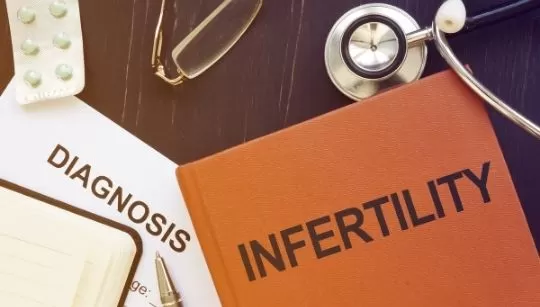Types of Diagnostic Tests Used in Fertility Services

When individuals or couples begin exploring fertility services, the process often starts with diagnostic testing. These evaluations help providers identify underlying causes of delayed conception and tailor treatment options accordingly. A wide range of tools is available to assess hormone levels, reproductive anatomy, egg quality, sperm health, and more. With these tests, fertility specialists build a comprehensive picture of reproductive function and design personalized care plans based on accurate data rather than guesswork.
Hormonal Testing and Cycle Evaluation
Understanding hormone levels is a key step in evaluating female reproductive health. Blood tests measure several hormones that control ovulation, egg development, and uterine lining function. Common markers include follicle-stimulating hormone (FSH), luteinizing hormone (LH), estrogen, progesterone, and anti-Müllerian hormone (AMH). These values provide insight into ovarian reserve and cycle regularity. Fertility services also track hormone fluctuations across a menstrual cycle to assess whether ovulation occurs consistently. By mapping this pattern, providers can better time procedures such as intrauterine insemination or in vitro fertilization.
Ovarian Reserve and Egg Quality
Ovarian reserve describes the number and potential quality of a woman’s remaining eggs. AMH levels, along with antral follicle count via ultrasound, give providers a clearer sense of how many follicles are present and how they respond to stimulation. These results don’t guarantee success or failure, but they do help guide decisions about fertility medications, timing, and treatment intensity. Providers also use these findings to set expectations and determine whether advanced interventions may be needed sooner rather than later.
Structural Imaging and Uterine Health
For some patients, structural factors can play a significant role in fertility challenges. Transvaginal ultrasound allows providers to examine the uterus and ovaries for cysts, fibroids, polyps, or irregularities in shape. A hysterosalpingogram (HSG) is often used to assess the fallopian tubes and detect blockages or scarring that may prevent egg and sperm from meeting. In certain cases, saline infusion sonography may be recommended for a more detailed view of the uterine cavity. These imaging techniques help rule out physical barriers to conception and identify conditions that may require surgical or procedural correction.
Semen Analysis and Male Factor Testing
Fertility services include comprehensive assessments for male partners as well. A semen analysis measures volume, concentration, motility, and morphology of sperm. These parameters help determine whether sperm can reach and fertilize an egg effectively. When abnormalities are found, further testing may include hormone panels, genetic screening, or imaging of the reproductive tract. Identifying male factor infertility early can shift the approach and often reduces the need for unnecessary treatments on the female side.
Genetic Testing and Chromosomal Screening
In cases where previous pregnancy loss has occurred or where there is a family history of genetic conditions, providers may recommend specific genetic screenings. These tests examine whether either partner carries mutations that could impact embryo development or increase the risk of inherited conditions. Karyotyping, which evaluates chromosomal structure, may be used in both partners to detect translocations or abnormalities. This information shapes decisions about embryo testing, donor gametes, or advanced reproductive technologies. Genetic findings also help couples make informed choices about family planning.
Visit Fertility Services
The goal of fertility diagnostics is not simply to assign a label—it’s to gather reliable data that supports decision-making. Patients often arrive with frustration or uncertainty, and structured testing helps convert unknowns into manageable steps. By understanding which tests are available and what they reveal, patients can approach the process with more clarity. Fertility services integrate these results into care plans that reflect individual biology and specific family-building goals. From hormone testing to imaging and genetic evaluation, diagnostic tools offer a roadmap that makes future steps more informed and purposeful.
- What to Expect When Visiting a Foot and Ankle Specialist
- Causes of PTSD
- The Link Between Plantar Fasciitis and Weight Gain: What You Need to Know
- How Pet Ownership Can Positively Impact Life with Fibromyalgia
- The Importance of Stretching and Flexibility in Sports Medicine
Dr. Emma Green is a health and wellness expert with over 10 years of experience in nutrition and fitness. Passionate about helping others live their healthiest lives, Dr. Green shares practical advice on wellness, nutrition, and sustainable living through LivingSpristine.






